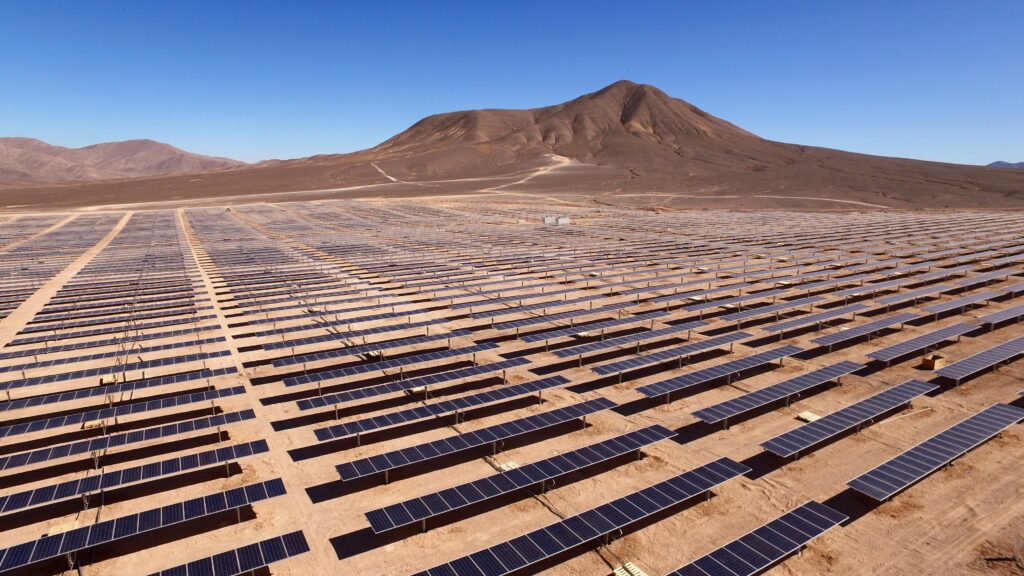An important new asset-level study focused on identifying solar PV assets globally using earth observation and machine learning by Lucas Kruitwagen, co-founder at Oxford Earth Observation, has been published in the journal Nature.
Abstract
Photovoltaic (PV) solar energy generating capacity has grown by 41 per cent per year since 20091. Energy system projections that mitigate climate change and aid universal energy access show a nearly ten-fold increase in PV solar energy generating capacity by 20402,3. Geospatial data describing the energy system are required to manage generation intermittency, mitigate climate change risks, and identify trade-offs with biodiversity, conservation and land protection priorities caused by the land-use and land-cover change necessary for PV deployment. Currently available inventories of solar generating capacity cannot fully address these needs1,2,3,4,5,6,7,8,9. Here we provide a global inventory of commercial-, industrial- and utility-scale PV installations (that is, PV generating stations in excess of 10 kilowatts nameplate capacity) by using a longitudinal corpus of remote sensing imagery, machine learning and a large cloud computation infrastructure. We locate and verify 68,661 facilities, an increase of 432 per cent (in number of facilities) on previously available asset-level data. With the help of a hand-labelled test set, we estimate global installed generating capacity to be 423 gigawatts (−75/+77 gigawatts) at the end of 2018. Enrichment of our dataset with estimates of facility installation date, historic land-cover classification and proximity to vulnerable areas allows us to show that most of the PV solar energy facilities are sited on cropland, followed by aridlands and grassland. Our inventory could aid PV delivery aligned with the Sustainable Development Goals.



